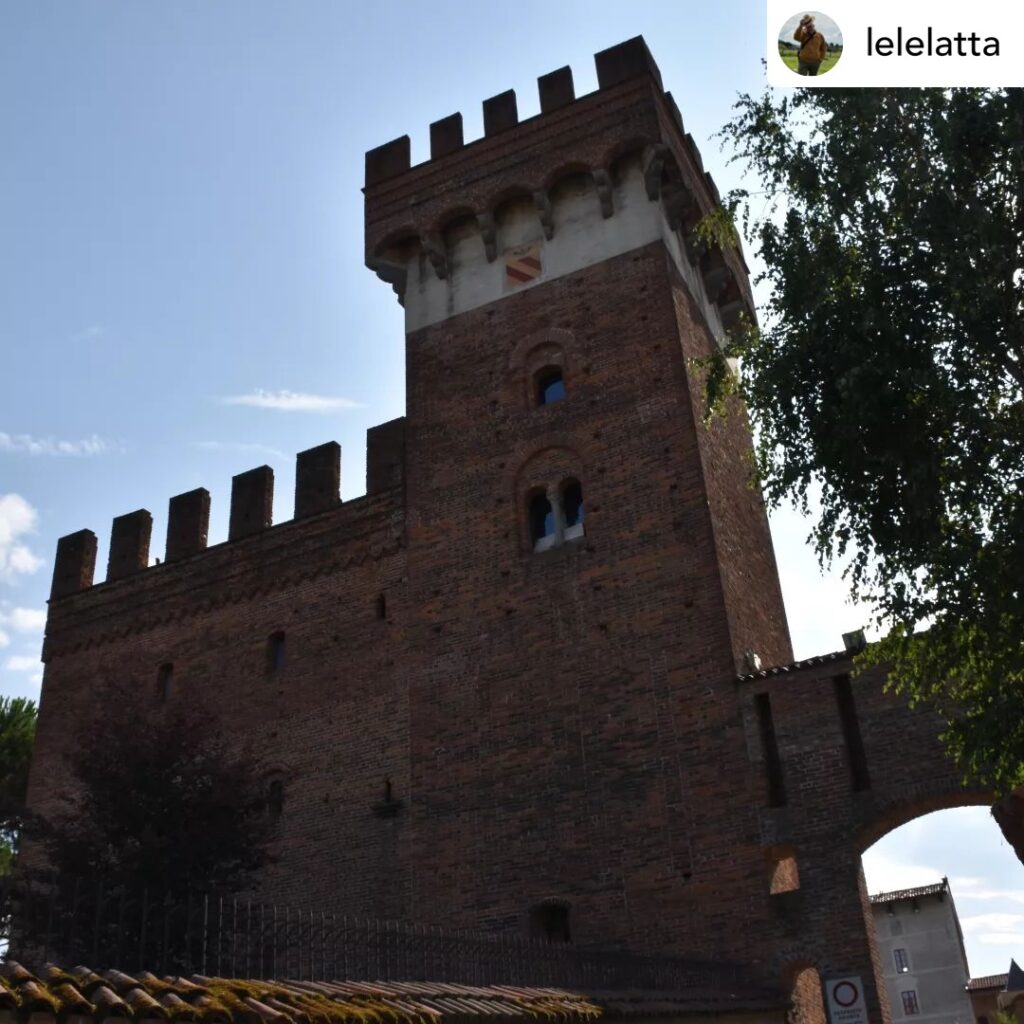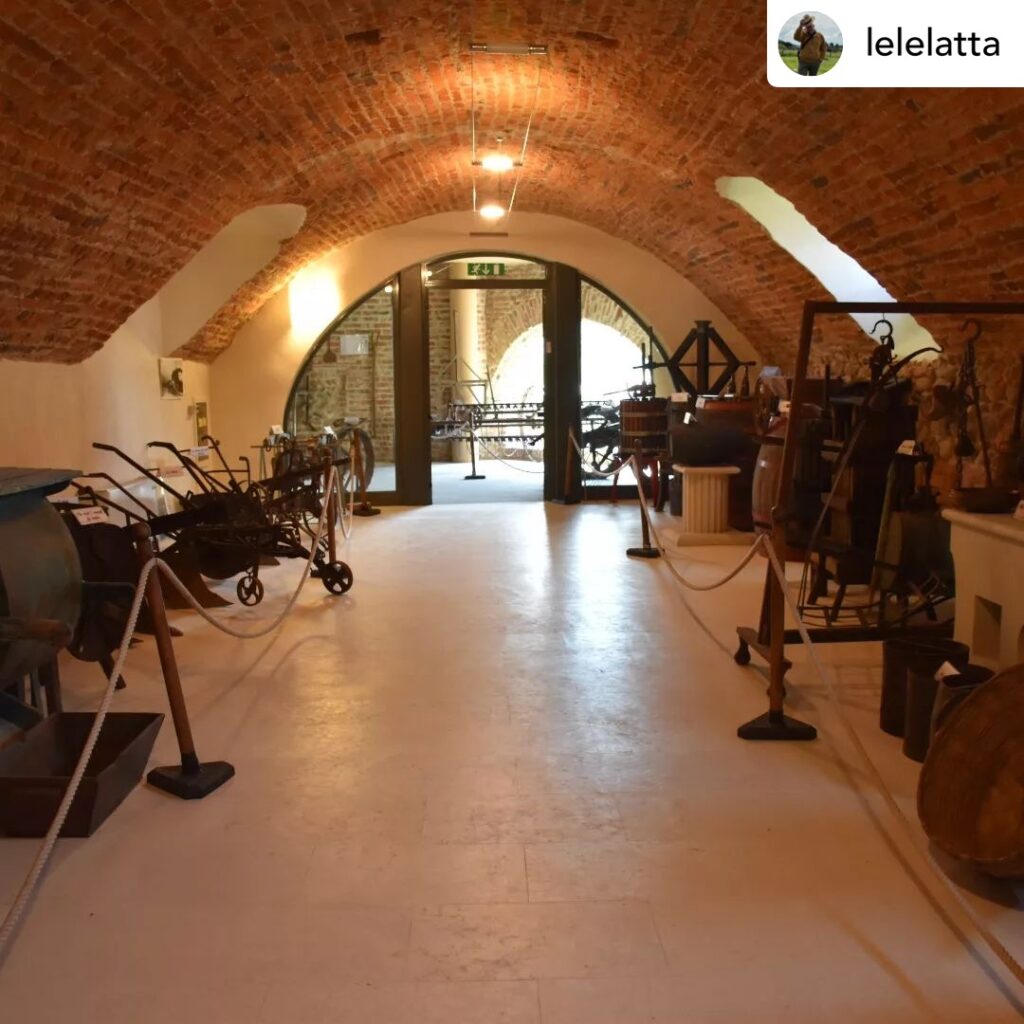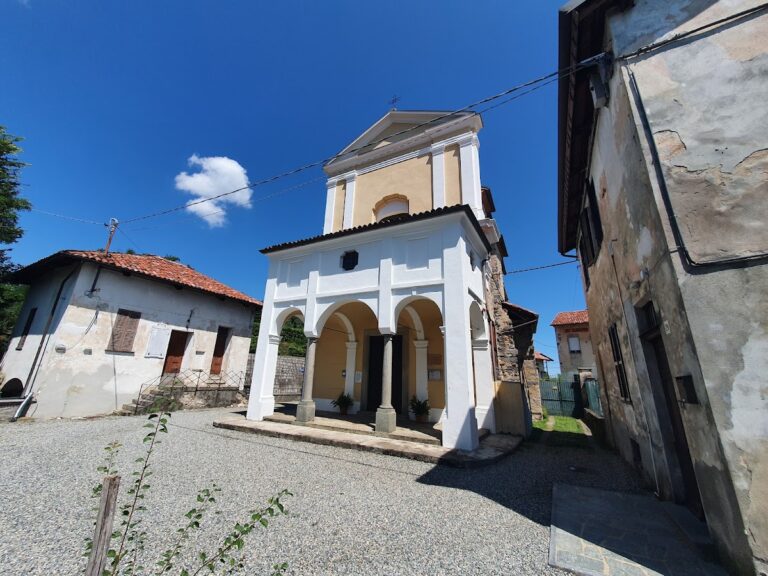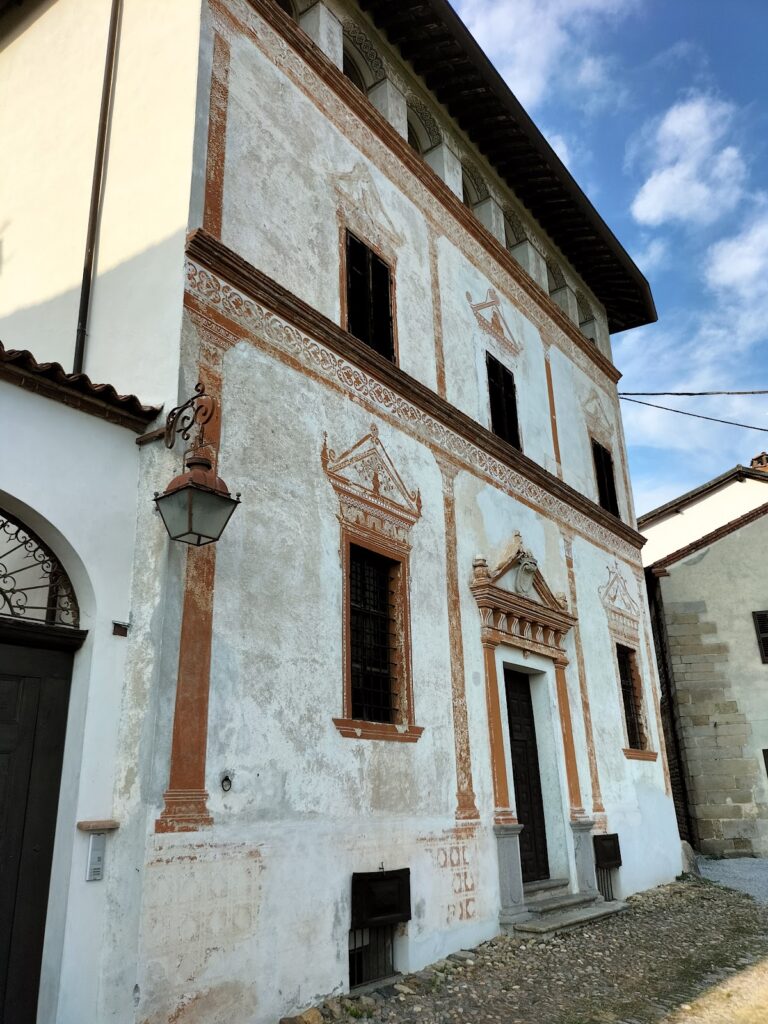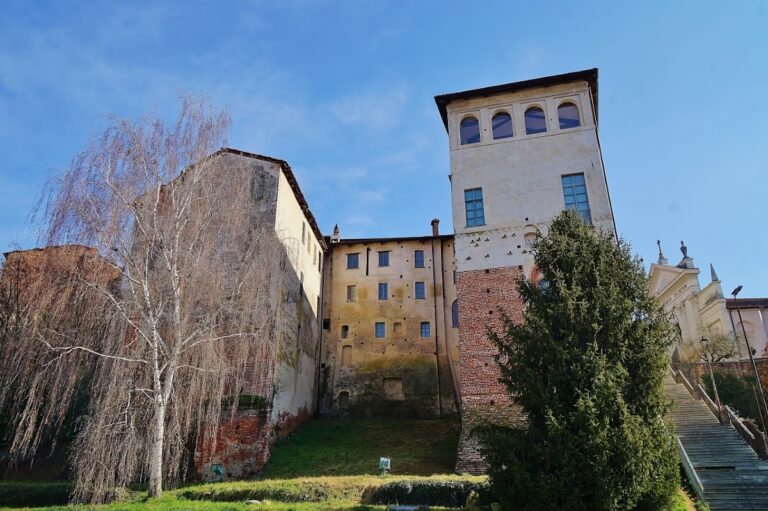Castello di Verrone: A Medieval Fortress in Italy
Visitor Information
Google Rating: 4.5
Popularity: Very Low
Google Maps: View on Google Maps
Official Website: www.falseum.it
Country: Italy
Civilization: Unclassified
Remains: Military
History
The Castello di Verrone is situated in the municipality of Verrone in modern Italy. This medieval fortress traces its origins back to defensive structures established during the 11th and 12th centuries, developed by local inhabitants seeking to protect their territory.
Throughout the medieval period, the castle became closely associated with the Vialardi family, a noble lineage aligned with the Ghibelline faction, which held considerable influence in the Biella area. For several centuries, the Vialardi maintained feudal rights over the lands and community of Verrone, managing its affairs and defenses. In 1373, Simone Vialardi pledged allegiance to Amedeo VI of Savoy, a move that allowed him to retain extensive administrative freedom and favorable economic conditions. The House of Savoy subsequently confirmed these rights over time, supporting the Vialardi’s continued authority in the region.
The Vialardi family’s tenure over the castle endured until the 19th century. In 1835, ownership changed hands when Maurizio Zumaglini, a botanist, acquired the property from Counts Amedeo and Augusto Vialardi. Zumaglini took residence at the castle and contributed to botanical scholarship by writing *Flora pedemontana*, a Latin work. After the Vialardi era, the castle passed to the Cornetto Bourlot family, a noble line whose last known member was Giuseppe Cornetto Bourlot.
In recent years, part of the castle has been repurposed as the Falseum museum, focusing on the theme of falsification throughout history. Since 2015, this institution has been operated by the Municipality of Verrone, which owns approximately half of the castle while carrying out ongoing restoration efforts.
Remains
The Castello di Verrone presents a quadrangular layout built around a central courtyard, evolving from earlier medieval fortifications. Its oldest element is a robust, four-sided tower positioned at the southwest corner. This tower was enlarged by raising an existing lower structure and features machicolations—openings between the supporting corbels of a battlement that allowed defenders to drop objects on attackers—dating back to the 15th century.
On the castle’s western side stands the Rocca, a long building recognized by a series of refined stone corbels that support a battlement equipped with 15th-century machicolations. Rising above the Rocca is a later addition: a cylindrical guard tower crowned by a small loggia, or covered gallery, which allowed for observation and defense.
The building on the northwest side retains traces of swallowtail, or dovetail-shaped, battlements—a distinctive feature often associated with medieval Italian fortresses. The northeast corner underwent significant alteration in the 19th century when it was adapted to accommodate a kindergarten, marking a shift from military to civilian use.
Within the courtyard lies a chapel constructed in the 17th century, distinguished by frescoes that depict the Assumption of the Virgin Mary, reflecting the site’s enduring religious significance. Situated in the southern garden is a smaller, older religious structure notable for its apse, which is believed to date back to the 12th century. This chapel, dedicated to Saints Simon and Jude, contains frescoes from the 15th century, highlighting the artistic and devotional history preserved within the castle grounds.

